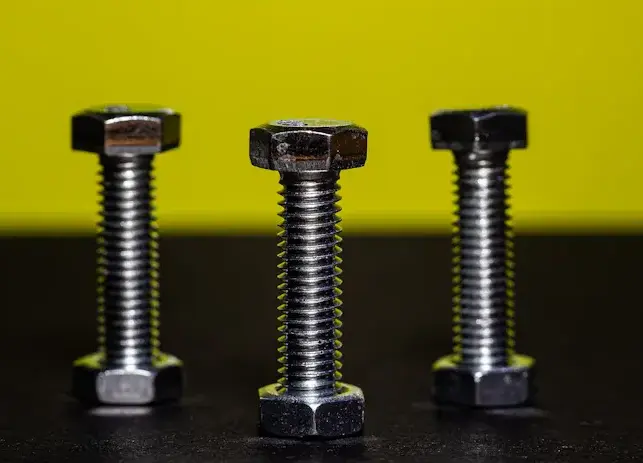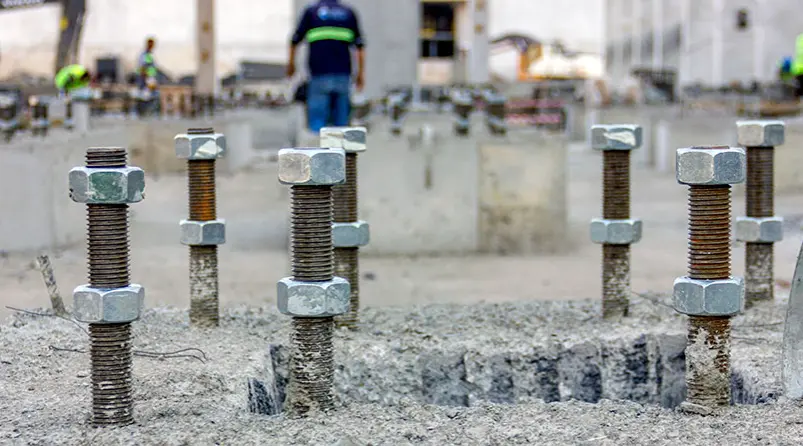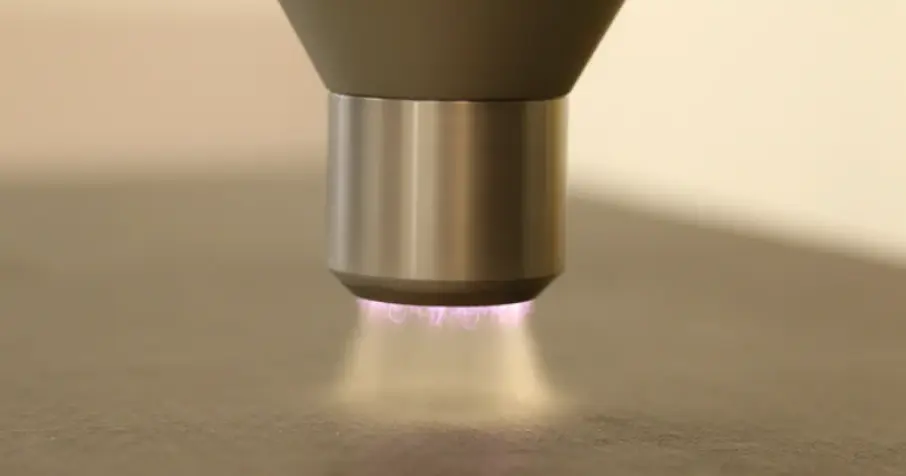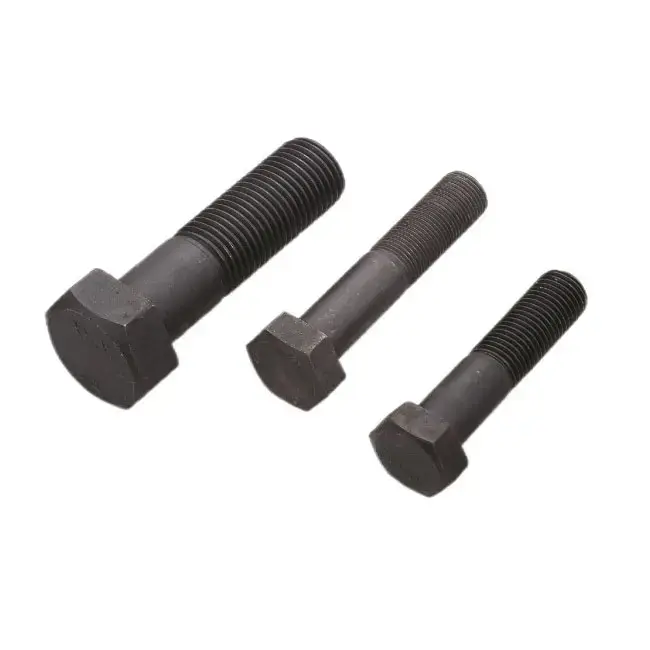Hot Forging Explained: Techniques, Benefits, and Industrial Applications
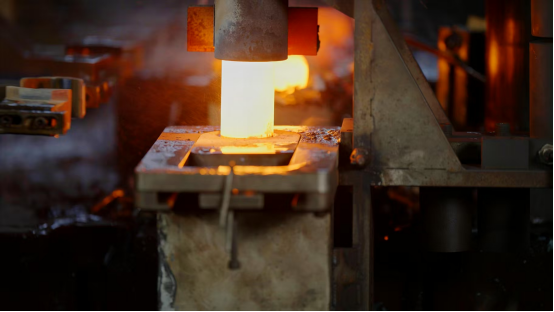
Hot forging involves heating metal above its recrystallization point and shaping it under immense pressure. This process transforms raw materials into stronger, more durable parts. You gain components with fewer defects and higher reliability. Industries rely on hot forging to produce high-quality products that can withstand extreme conditions and long-term use.
Key Takeaways
· Hot forging makes strong parts by heating metal until soft.
· This helps avoid flaws and makes shaping easier, creating better products.
· It saves money for big production, cutting waste and costs over time.
The Hot Forging Process
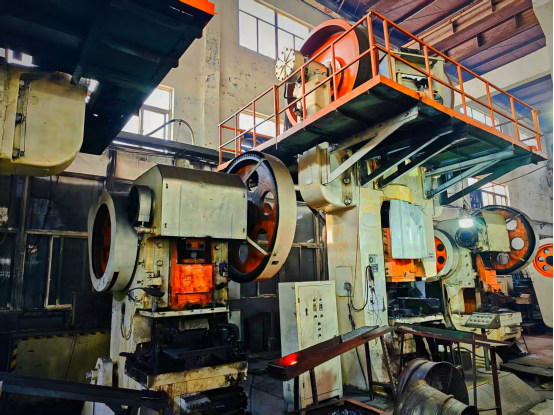
What is Hot Forging?
Hot forging is a manufacturing process where you heat metal above its recrystallization point and shape it using high pressure. This temperature ensures the metal becomes soft and malleable, making it easier to form into the desired shape. Unlike Cold Forging, which works at room temperature, hot forging prevents the metal from hardening during the process. This method is ideal for creatingstrong and durable components that can handle heavy loads and extreme conditions.
Did you know? Heating the metal above its recrystallization point allows its internal structure to reform, which improves its strength and reduces the risk of defects.
Key Steps in the Process
Hot forging involves several key steps to transform raw metal into a finished product. Here’s how it works:
1. Heating the Metal: You start by heating the metal to a temperature above its recrystallization point. This temperature varies depending on the material but typically ranges between 1,100°F and 2,200°F.
2. Shaping the Metal: Once heated, the metal is placed into a forging die. High-pressure tools or hammers then shape the metal into the desired form.
3. Cooling and Finishing: After shaping, the forged part is cooled, often using controlled methods to maintain its strength. Additional finishing processes, like trimming or machining, may follow to achieve precise dimensions.
Each step ensures the final product meets the required specifications and maintains high quality.
Materials Used in Hot Forging
Hot forging works with a variety of metals, each chosen for its specific properties. Common materials include:
· Steel: Known for its strength and versatility, steel is widely used in hot forging to create automotive and industrial components.
· Aluminum: Lightweight and corrosion-resistant, aluminum is ideal for aerospace and transportation applications.
· Titanium: This metal offers excellent strength-to-weight ratio and is often used in medical and aerospace industries.
· Copper and Brass: These materials are preferred for their electrical conductivity and resistance to wear.
The choice of material depends on the application and the performance requirements of the final product.
Benefits of Hot Forging
Enhanced Strength and Durability
Hot forging creates components that are exceptionally strong and durable. When you heat metal above its recrystallization point, its internal grain structure changes. This process eliminates weaknesses and aligns the grains in the direction of the applied force. As a result, the final product can handle heavy loads and resist wear and tear over time.
For example, forged steel parts are often used in the automotive and aerospace industries because they can endure extreme stress without breaking. Whether you're manufacturing gears, crankshafts, or connecting rods, hot forging ensures these components perform reliably under demanding conditions.
Tip: If your application requires parts that must withstand high pressure or impact, hot forging is an excellent choice.
Improved Workability and Reduced Defects
One of the key advantages of hot forging is its ability to improve the workability of metals. Heating the material makes it softer and easier to shape. This reduces the risk of cracks, voids, or other defects that might occur during the forming process.
You also benefit from better dimensional accuracy. The high temperatures allow the metal to flow more uniformly into the forging die, ensuring the final product meets precise specifications. This level of Quality Control is especially important in industries where safety and performance are critical.
· Key Benefits of Improved Workability:
o Easier shaping of complex designs.
o Fewer internal and surface defects.
o Higher consistency in finished products.
By reducing defects, you save time and resources that would otherwise go into rework or repairs.
Cost Efficiency in Manufacturing
Hot forging offers significant cost advantages, especially for large-scale production. The process minimizes material waste because the metal is shaped efficiently within the forging die. Additionally, the enhanced strength of forged parts often eliminates the need for expensive secondary treatments or reinforcements.
Another cost-saving factor is the durability of forged components. Since these parts last longer and require less maintenance, you reduce long-term operational costs. For industries like heavy machinery or transportation, this can translate into substantial savings over time.
Did you know? Hot forging is often more economical than machining or casting for producing high-strength components in bulk.
By choosing hot forging, you not only improve the quality of your products but also optimize your manufacturing budget.
Industrial Applications of Hot Forging
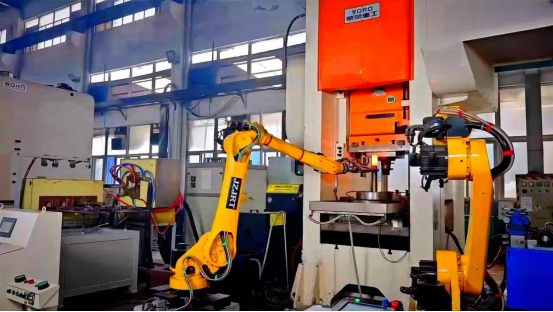
Automotive Industry
Hot forging plays a crucial role in the automotive industry. You rely on this process to produce components like crankshafts, gears, and connecting rods. These parts must endure high stress and extreme temperatures, especially in engines and transmissions. Hot forging enhances the strength and durability of these components, ensuring they perform reliably over time.
Another advantage is the ability to create lightweight yet strong parts. This is essential for improving fuel efficiency in modern vehicles. By using materials like aluminum and steel, you can achieve the perfect balance between weight and performance.
Fun Fact: Many high-performance sports cars use forged aluminum wheels for their strength and reduced weight.
Aerospace Industry
In the aerospace industry, safety and precision are non-negotiable. Hot forging helps you manufacture critical components like turbine blades, landing gear, and structural parts. These components must withstand extreme conditions, such as high altitudes and rapid temperature changes.
Titanium and aluminum are commonly used in aerospace hot forging. These materials offer excellent strength-to-weight ratios, which are vital for aircraft performance. With hot forging, you can ensure that every part meets strict quality standards, reducing the risk of failure during operation.
Heavy Machinery and Tools
Heavy machinery and tools demand parts that can handle intense workloads. Hot forging allows you to create components like hydraulic cylinders, hammers, and industrial gears. These parts need to resist wear and tear while maintaining their structural integrity.
Steel is a popular choice for heavy machinery due to its toughness and versatility. Hot forging ensures that the metal's grain structure aligns with the direction of force, making the parts even stronger. This process also reduces the likelihood of defects, which is critical for tools used in construction, mining, and manufacturing.
Tip: If you need parts that can endure heavy-duty applications, hot forging is a reliable solution.
Hot forging transforms raw metal into durable, high-quality components. You gain stronger parts, fewer defects, and cost-efficient production. Its applications span industries like automotive, aerospace, and heavy machinery. This process plays a vital role in modern manufacturing. Consider hot forging to enhance your production efficiency and ensure reliable, long-lasting results.
FAQ
What is the difference between hot forging and cold forging?
Hot forging heats metal above its recrystallization point, making it malleable. Cold forging shapes metal at room temperature, resulting in higher precision but less flexibility.
Tip: Choose hot forging for strength and durability; opt for cold forging for precision and Surface Finish.
Can hot forging be used for all metals?
No, not all metals are suitable for hot forging. Metals like steel, aluminum, titanium, and copper work well, but brittle materials may crack under high temperatures.
How does hot forging improve product quality?
Hot forging aligns the metal's grain structure with the applied force. This process enhances strength, reduces defects, and ensures the final product meets precise specifications.
Fun Fact: Forged parts often outperform cast or machined components in durability and reliability.


